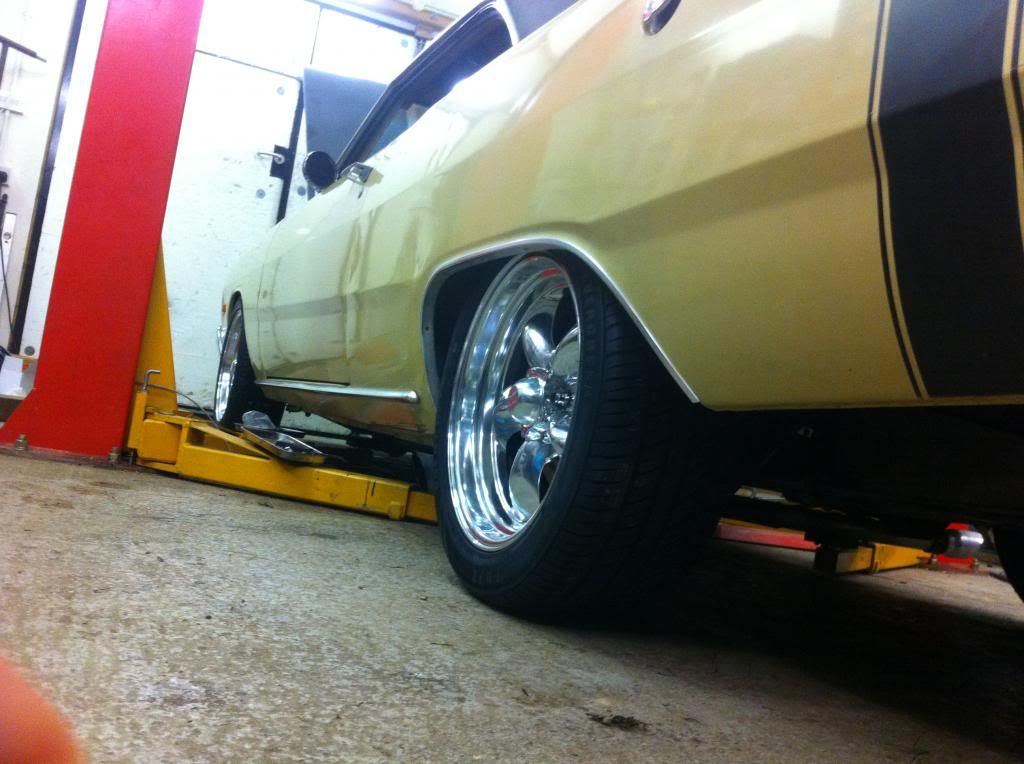ideal axle pinion angle
Posted: Thu Mar 19, 15 11:16 pm
Hi, has anyone got any idea of what pinion angle I should be aiming for, when I put my built axle in, as the spring plates are yet to be welded on.
Present pinion angle is 13 degrees unloaded, hanging on springs,
and 10 degrees part loaded, i.e. on the lift with a gearbox jack taking the weight of the rear axle leaving the rear arms of the lift clear of the chassis . Although this condition is not full weight on the axle
The Dart runs on Hotchkiss rear springs , and sits very low.
I guess it could be 7 or 8 degrees with full body weight , but its a bit tricky to measure on the ground.

Present pinion angle is 13 degrees unloaded, hanging on springs,
and 10 degrees part loaded, i.e. on the lift with a gearbox jack taking the weight of the rear axle leaving the rear arms of the lift clear of the chassis . Although this condition is not full weight on the axle
The Dart runs on Hotchkiss rear springs , and sits very low.
I guess it could be 7 or 8 degrees with full body weight , but its a bit tricky to measure on the ground.
